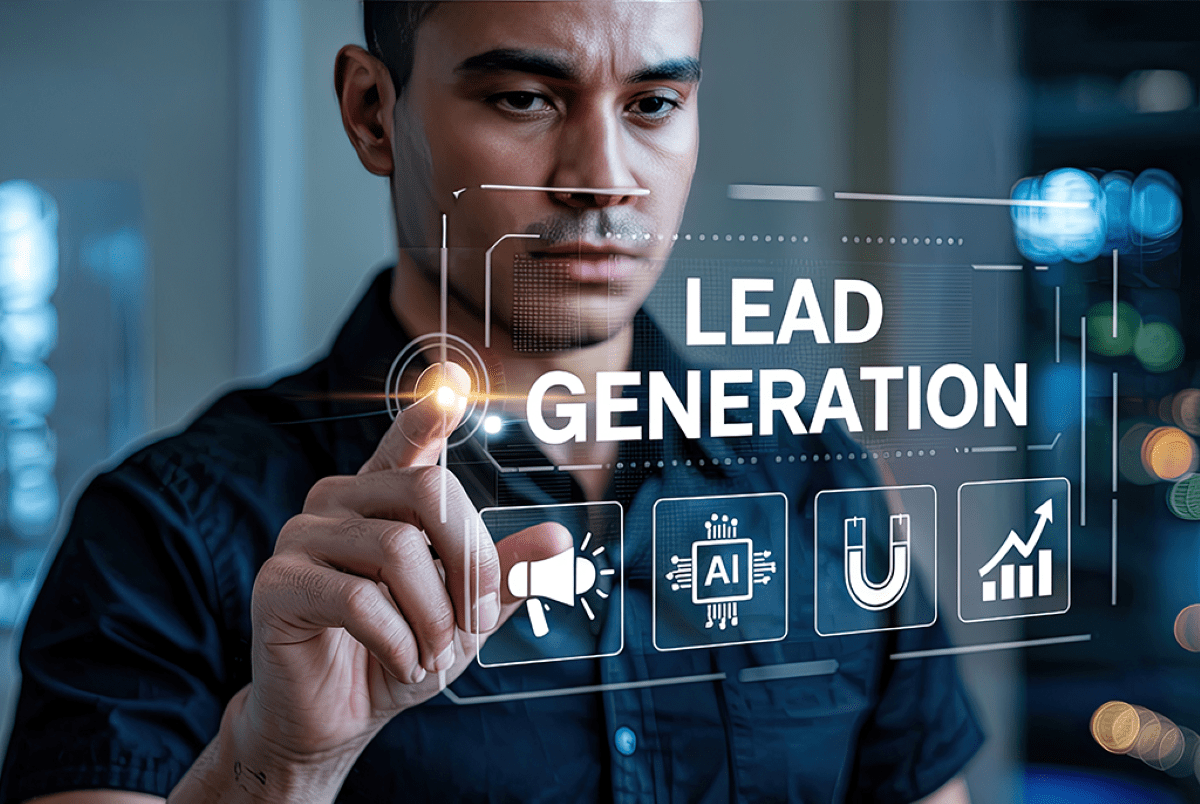You are here: Home / Leadership Insights / Business Operations / Aligning Gen AI learning with company strategy

Aligning Gen AI learning with company strategy

Author- Gleb Tsipursky – Editor’s Note: This is part of an ongoing series examining generative AI and its continuing impact on the business world.
The rapid rise of generative AI (Gen AI) is reshaping industries, and learning and development (L&D) professionals are at the center of this evolution. I recently discussed this transformation with Simon Brown, EY’s Global Learning and Development Leader.
His insights shed light on how companies can effectively integrate Gen AI into their learning and development (L&D) strategies while ensuring alignment with broader organisational goals. Brown’s experience offers valuable lessons on the dual role of Gen AI in skill development and business strategy execution.
Bridging Gen AI Learning and Company Strategy
According to Brown, it is crucial to align Gen AI learning with company strategy. Companies that view Gen AI as a core part of their future strategy must integrate it into their L&D skill-building efforts from the outset.
“If it’s already part of the organisation’s strategy,” Brown says. “Then it flows through as one of the key skills that need to be built.” This means L&D teams need to operate with greater agility than ever before, adapting quickly to the rapid pace of change.
Traditional learning frameworks often operate in fixed cycles; however, with Gen AI technology evolving weekly, companies require a more responsive approach.
“It’s about ensuring that learning teams can act faster than they have in the past,” he emphasizes. Agility is no longer optional — it’s a necessity to keep pace with market demands and the expectations of employees.
At EY, the strategy has involved developing specific AI badges and training programs across the organisation, equipping employees with Gen AI skills aligned with their business roles. This alignment ensures that employees understand not only what they need to learn but also why it matters in the context of the company’s goals.
Overcoming the learning curve for L&D teams
Integrating Gen AI into L&D is complex because it requires both trainers and learners to navigate unfamiliar territory. Unlike more traditional skills that have well-defined training pathways, Gen AI is new, and expertise is still emerging. As Brown pointed out, “Learning leaders are learning themselves. It’s not a traditional skill where you can just convey knowledge easily.”
This challenge is compounded by the fact that Gen AI touches multiple functions — ranging from IT and customer service to finance and HR — meaning that even experts in these areas may not be completely fluent in the technology. Brown stressed the importance of cultivating curiosity within learning teams: “It starts with being curious and scanning the horizon for what’s coming.”
Rather than waiting to fully master the technology, L&D professionals need to dive in and experiment with tools like ChatGPT to grasp their full potential.
Brown’s own journey began with hands-on experimentation, and he encouraged L&D leaders to embrace similar explorations. Early familiarity can help trainers develop foundational knowledge, which can then be scaled across the organisation through structured programs.
Addressing employee anxiety about Gen AI
One of the most significant hurdles companies face in adopting Gen AI is managing employee anxiety about potential job displacement. Workers—especially those in older age groups — often question whether investing time in learning new AI tools will pay off. Meanwhile, younger employees may experience anxiety, fearing that Gen AI will reduce job stability.
Companies must create safe learning environments to overcome this resistance. EY’s strategy involves proactive communication and hands-on access to AI tools through its proprietary platform, EYQ. This platform utilizes internal data to provide AI-powered assistance in a secure environment. This approach allows employees to explore AI technologies without fear, fostering a deeper understanding of their benefits.
Additionally, EY rolled out company-wide training initiatives on AI, with more than 325,000 employees participating. These efforts not only demystify the technology but also help employees see it as an enabler rather than a threat. The training programs emphasize ethical AI practices, ensuring that employees understand key considerations, such as data privacy and security. This transparency, says Brown, helps employees feel more comfortable engaging with Gen AI, reducing apprehension.
Developing targeted skill pathways with AI badges
Another pillar of EY’s Gen AI strategy involves personalised learning paths through their AI badge system. These badges serve as both a learning framework and a motivational tool, encouraging employees to apply their newly acquired skills in practical settings.
The badges are divided into three levels — bronze, silver and gold — within three categories: applied AI, AI engineering and responsible AI. Brown explained that obtaining a badge requires more than passive learning; employees must demonstrate their ability to apply their knowledge to real-world scenarios. This combination of theory and practice ensures that employees not only retain the information but can also use it effectively in their roles.
EY’s approach reflects a shift in how companies structure learning programs. It moves beyond static training to focus on ongoing development. The system encourages employees to continuously upskill, enabling them to remain relevant as Gen AI technology evolves. This model provides a scalable solution for businesses seeking to develop AI proficiency across their large workforces while cultivating a culture of lifelong learning.
The future of learning in the age of Gen AI
Looking ahead, Brown sees Gen AI becoming increasingly integrated into corporate learning environments.
“We’re already starting to use Gen AI within the content itself, not just to produce content but to deliver dynamic, live experiences,” he says.
EY is exploring AI-generated role-plays and personalised coaching tools, enabling employees to receive real-time feedback and guidance tailored to their individual needs. These innovations mark a shift from static, one-size-fits-all learning models to adaptive, AI-powered solutions.
As Brown highlighted, “We’ll need to continue building Gen AI skills rapidly as things evolve to stay at the cutting edge.” This evolution not only enhances individual learning experiences but also ensures that organisations remain competitive in fast-changing markets.
In the future, learning programs will likely involve AI systems that act as personal coaches, providing continuous support and feedback. Such systems can adapt content based on individual learning styles and performance, enabling employees to progress more effectively. These developments promise a future where learning becomes more interactive, personalised, and aligned with business needs.
Build a Gen AI learning culture
Integrating Gen AI into corporate learning is no longer optional — it’s essential for organisations aiming to thrive in the digital era, as I tell client organisations whose leaders express resistance to this integration. As Brown’s experience at EY demonstrates, the key lies in aligning Gen AI learning with company strategy, fostering curiosity within L&D teams, and creating supportive environments for employees.
The road ahead will require continuous experimentation, adaptability, and strategic thinking. Companies that successfully integrate Gen AI into their learning and development (L&D) frameworks will not only empower their employees but also position themselves for long-term success in an AI-driven world. By building agile learning systems, addressing employee concerns, and promoting hands-on engagement with AI tools, organisations can unlock the full potential of Gen AI and ensure their workforce is ready for the future.
The information and opinions presented are the author’s own and not those of Vistage Worldwide, Inc.
Originally published on Vistage Research Center.
More in this series
How managers can leverage the productivity promise of generative AI
How businesses can fully harness the power of generative AI
Can AI-driven innovation outperform human creativity?
Will generative AI liberate workers from the office?
Leveraging Gen AI to transform your learning and development programs
In the age of AI, idea curation will eclipse idea creation
Leading the generative AI transition beyond cognitive biases
Should we move fast and break things with AI?
The challenges and risks of Gen AI adoption
7 Steps to adopting a comprehensive Gen AI strategy
How business owners will adapt to AI
AI adoption surges amid economic uncertainty: What you need to know




